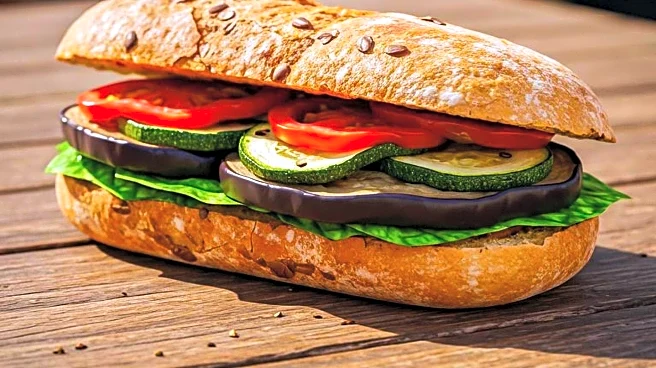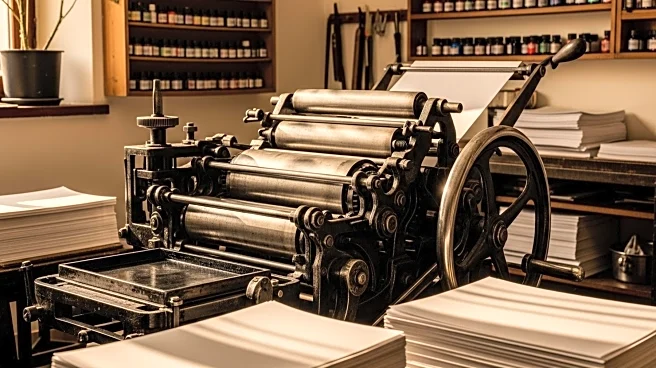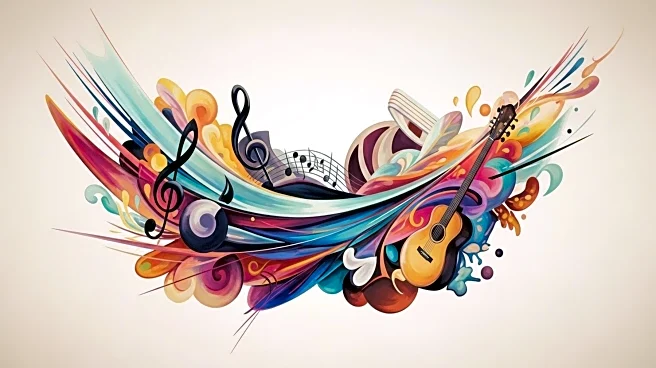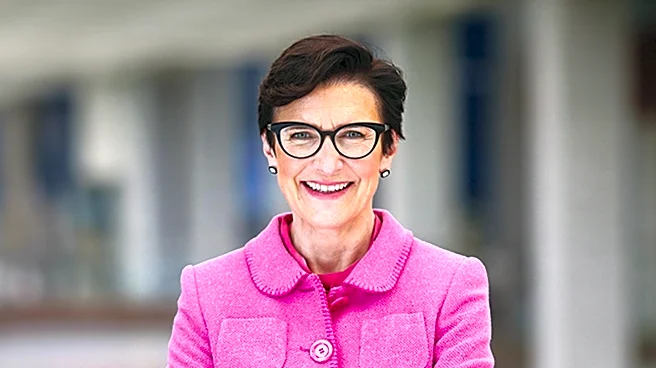What's Happening?
A recent study published in Nature introduces a novel algorithm for mural restoration that combines edge-guided features with multi-scale spatial features. The proposed model utilizes an encoder-decoder architecture based on the U-Net structure, aiming to improve the accuracy of texture reconstruction in damaged murals. The Edge-Gaussian Fusion Block (EGFB) is a key component of this algorithm, enhancing high-frequency edge details and mitigating structural discontinuity issues. The study highlights the integration of Scharr filters and Gaussian modeling to refine feature representations, particularly in low-quality images. This approach is designed to address common challenges in mural restoration, such as noise interference, low contrast, and blurred edge details.
Why It's Important?
The development of this advanced mural restoration technique is significant for the preservation of cultural heritage. By improving the accuracy of texture reconstruction, the algorithm can potentially enhance the restoration of historical murals, which are often subject to degradation over time. This advancement could benefit museums, conservationists, and cultural institutions by providing a more effective tool for maintaining and restoring valuable artworks. Additionally, the integration of edge-guided features and multi-scale spatial features may set a new standard in digital restoration practices, influencing future research and development in the field.
What's Next?
The study suggests further exploration into the application of this algorithm on various types of murals and artworks to assess its effectiveness across different conditions. Researchers and conservationists may collaborate to test the algorithm in real-world scenarios, potentially leading to refinements and adaptations for specific restoration needs. The success of this technique could encourage the development of similar algorithms for other forms of art restoration, expanding its impact beyond murals.
Beyond the Headlines
The ethical implications of digital restoration techniques, such as the one proposed in this study, warrant consideration. While enhancing the preservation of cultural heritage, these methods also raise questions about authenticity and the extent to which digital interventions should alter original artworks. Balancing technological advancements with respect for historical integrity will be crucial as these techniques become more prevalent.










